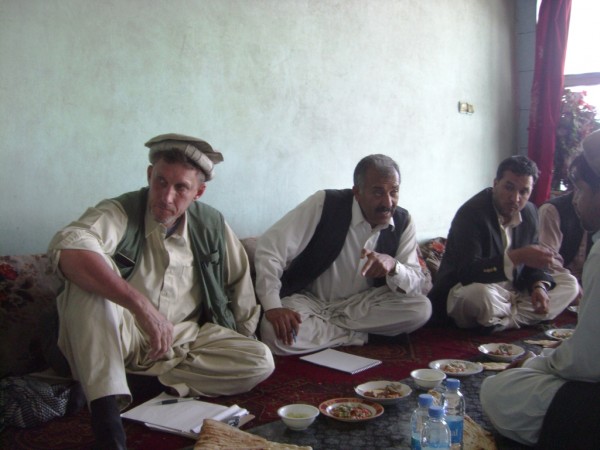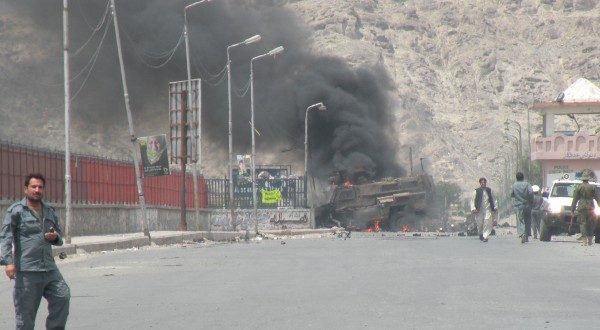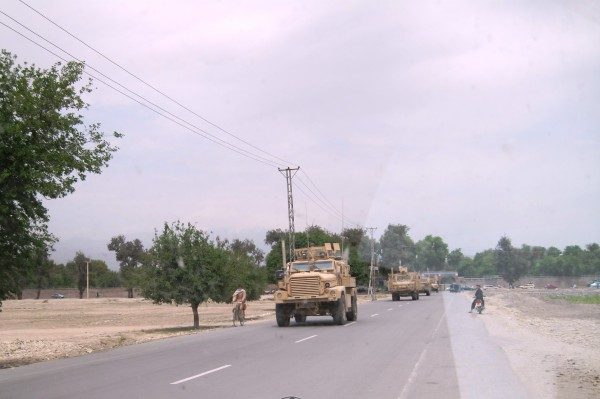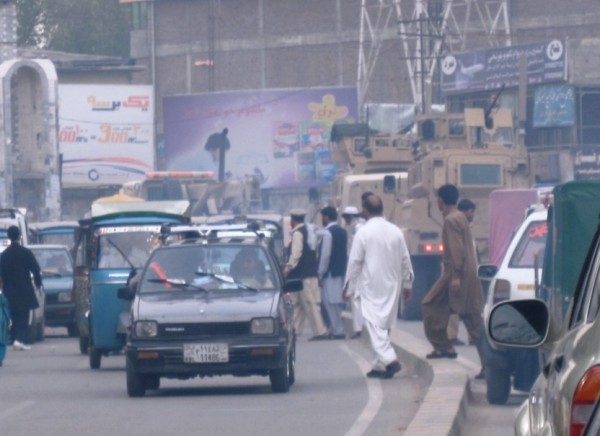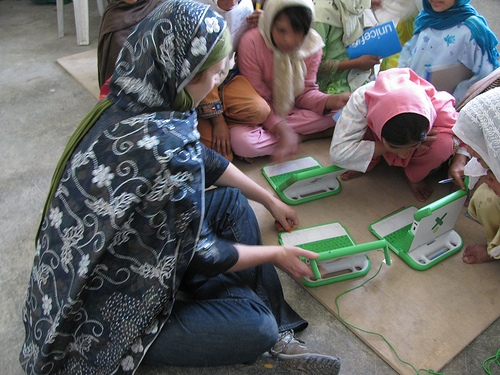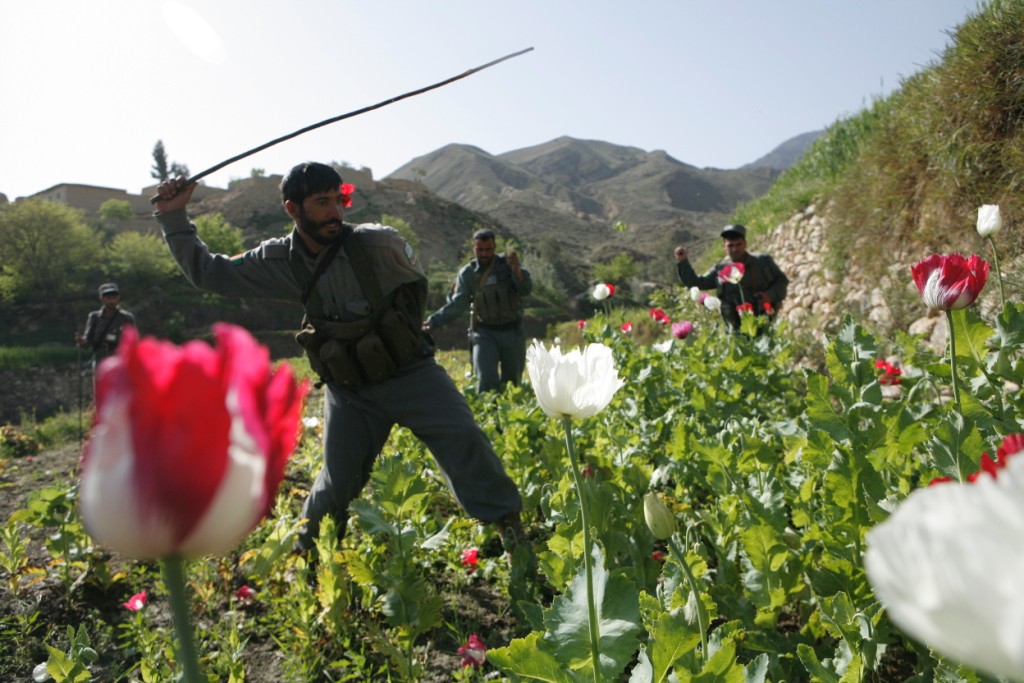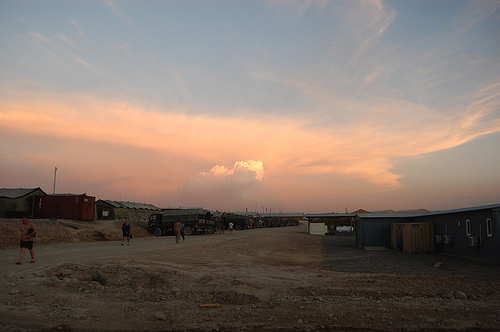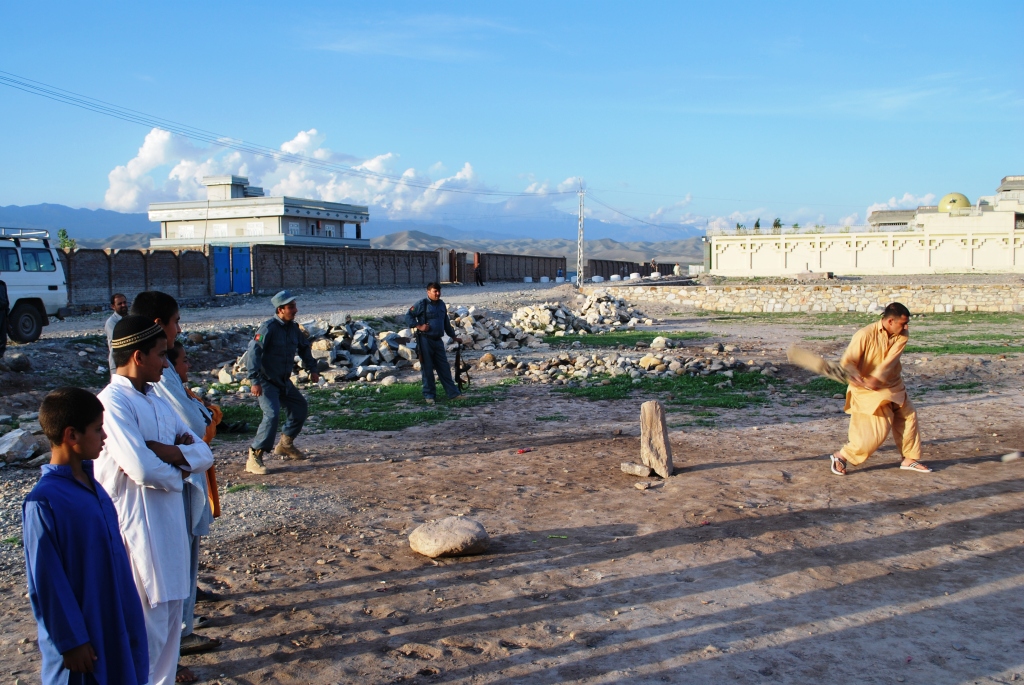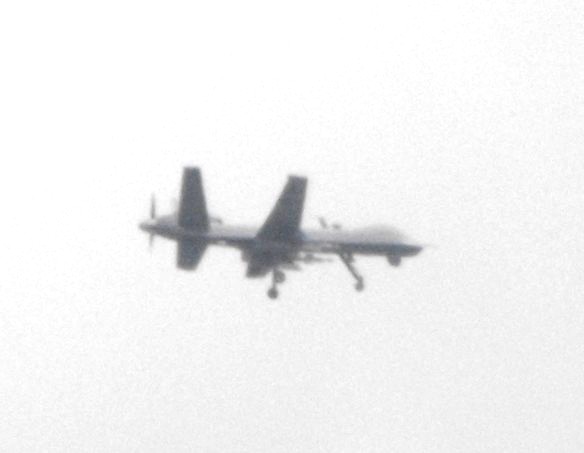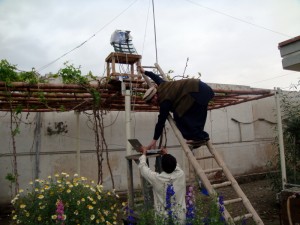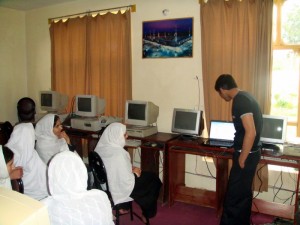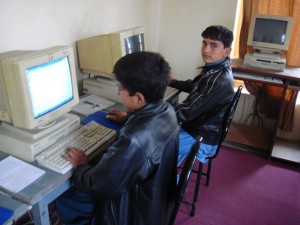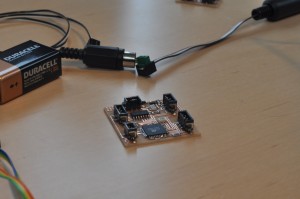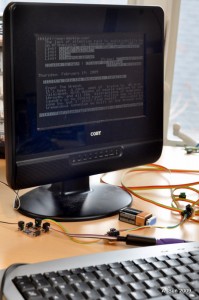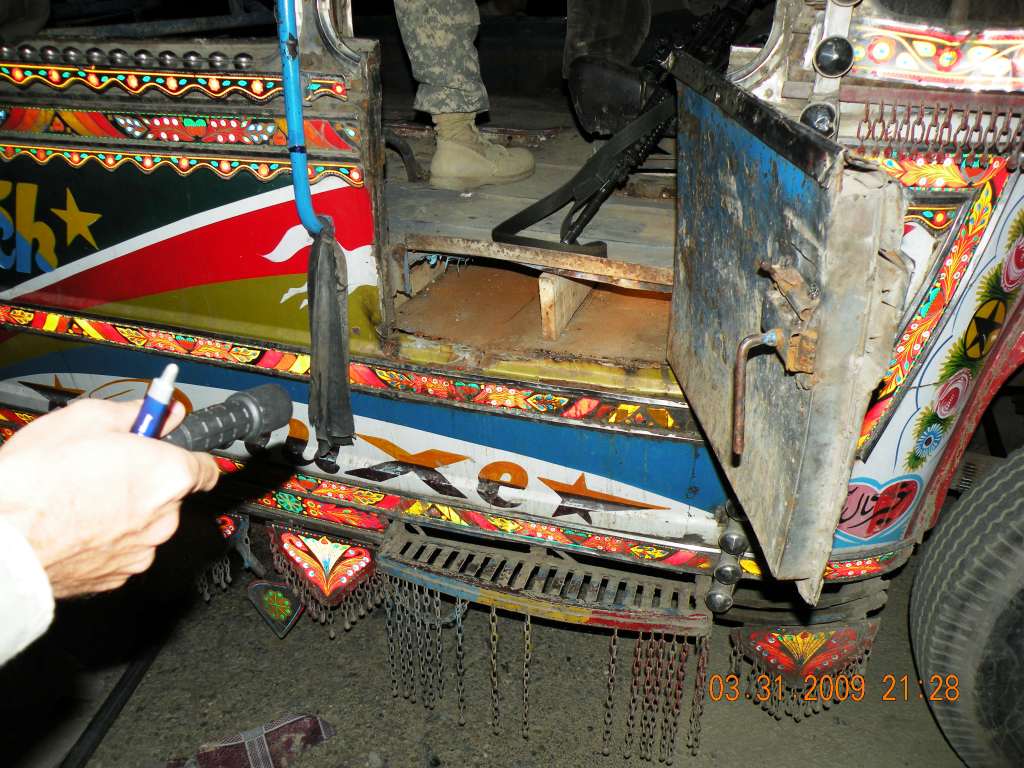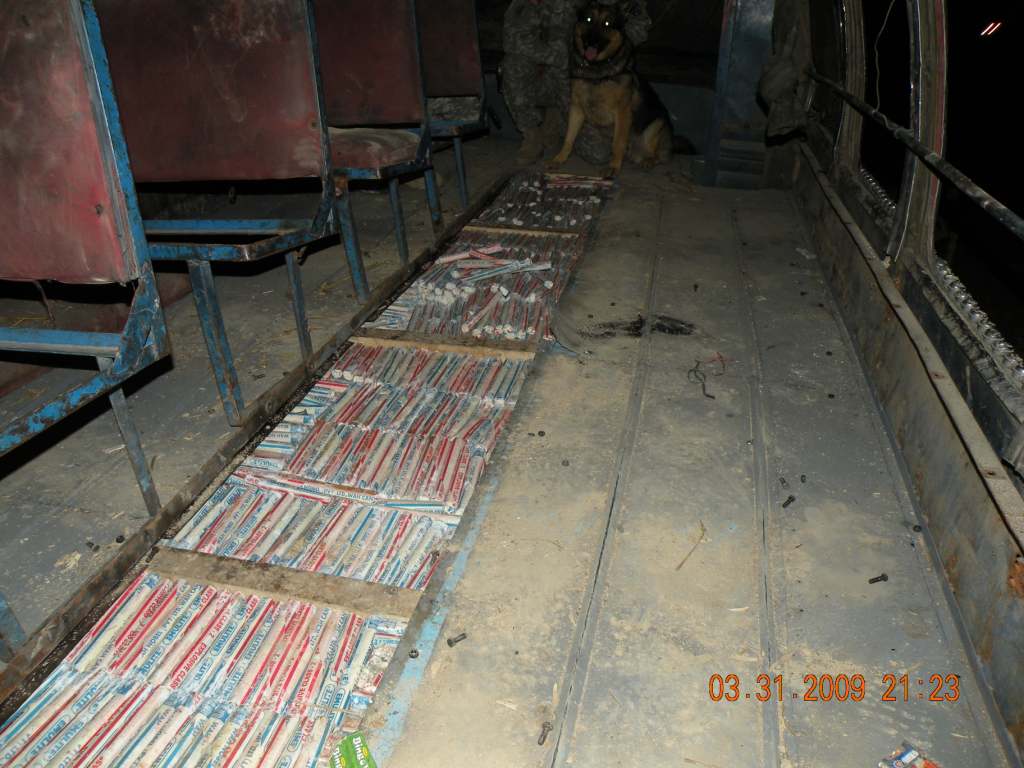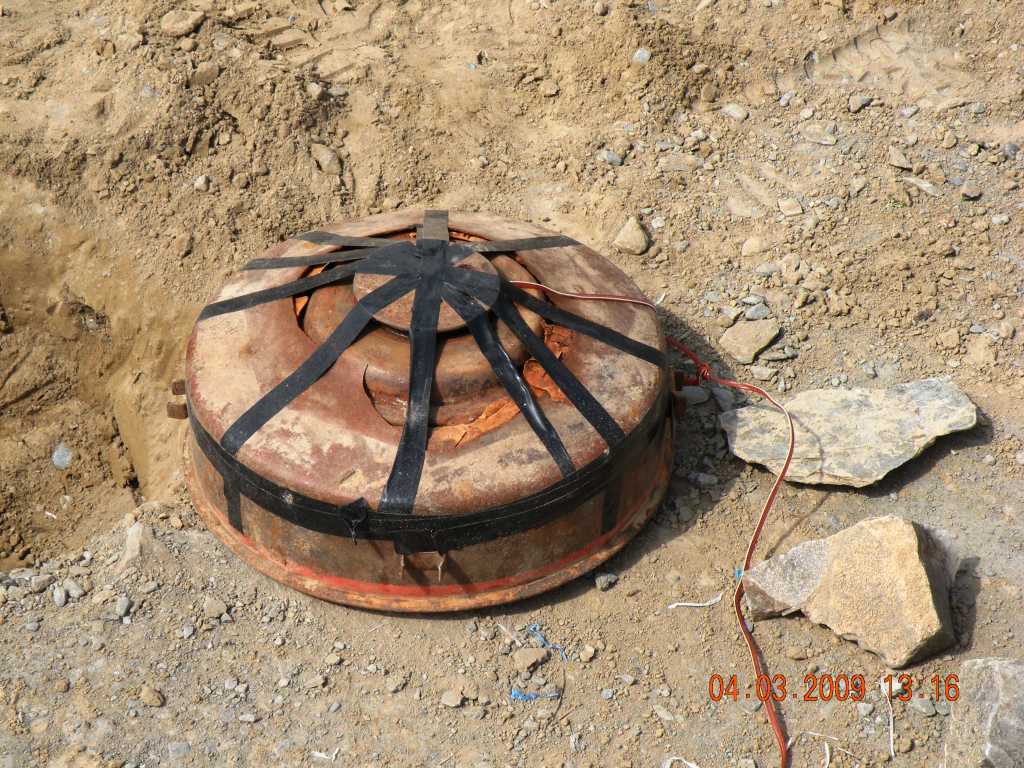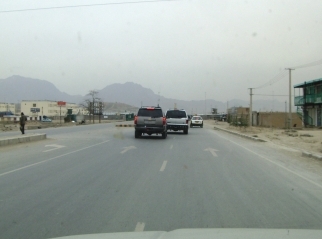My last post has generated considerable interest from all over the blogsphere, providing me a great opportunity to restate a few of my firmly help beliefs about Afghanistan. One of the first and most contentious of my views is that al Qaeda and their Taliban allies will never again run Afghanistan no matter what happens from this point forward. Status quo ante bellum means “the way things were before the war” and it is not possible for the Taliban to ever get back to that point. This is important because you will still see articles in the press emanating from Washington saying that they will. I base my reasoning on four years of traveling about the country and talking with local people. The Taliban were ultimately despised for their self righteous cruelty, just like al Qaeda in Iraq. They filled a power vacuum back in 1996 bringing justice and the rule of law to a country with no infrastructure, no central government, no functioning economy, and ruled by warlords who had varying degrees of competency and cruelty.
Afghanistan now has a good road network, a functioning central government, and an increasingly capable army. The Taliban can at best, leverage their popularity and numbers in the south for a seat at the table with the central government but that is about the best they could do if we pulled out tomorrow and let the chips fall where they may. Look at how the Pashtun tribesmen are reacting to the Taliban who have taken over the Swat Valley in Pakistan – do you think Afghans want a return to that? They don’t and they have enough guns, organization and support from the people to ensure they will never be under the Taliban yoke again.
Yet we continue to battle the Taliban, their various allies and the, “fight for pay” cadres. The intensity of combat increases with each passing year, as do the numbers of Armed Opposition Groups. We are losing ground, a fact that led to the relief for cause of General McKerinan … who Sarah Palin accidentally called “Gen McClellan” during a debate last summer, proving yet again her uncanny grasp of complex affairs of state. It appears that Gen McKerinan had what Abraham Lincoln diagnosed as General McClellan’s problem … a case of the “slows”. The relief for cause of a four star general is no small matter. Clearly things are supposed to change in our approach to the Afghan Campaign. But, one must ask, “what change?”
We are fighting an insurgency. Military formations facing a competent insurgency far away from their homeland and among people who are culturally, linguistically, religiously, and ethnically distinct are at a severe disadvantage. Counterinsurgencies can be won but they can cost a fortune in either time, money, munitions or men, or for that matter, all of the above. Let me refine that … they will cost a fortune in time or money or munitions or men if you have a military that has the organization, doctrine, training, equipment and public support, including time, to wage counterinsurgency warfare. They will cost a larger fortune in time and money and munitions and men if you have a military that is not organized, trained and equipped for counterinsurgency warfare. With the exception of the Taliban, none of the military organizations currently operating in Afghanistan is fully organized, trained and equipped for that war. This story provides a typical example of the consequences of establishing what I term the big box FOB around the contested south to fight a counterinsurgency. In order to accommodate the expected surge in troop levels, the U.S. Army needed to expand its base in Zabul Province. An Army captain who leads the local embedded training team working with the Afghan Army (and who belongs to a separate task force with a completely different chain of command), warned the base CO that the expansion would cut off a vital karez (water) access to the locals, a fact certain to cause problems. He was ignored until the Army realized that cutting off the karez access tunnel was in fact causing real problems with the locals. At that point they engaged the local shura but it was too late. The Afghans reacted with indignation and cold fury at the thought that the Army would cut off their karez. The reaction was expected by old Afghan hands. Either the villagers were rightfully outraged or they were posturing because they knew that such behavior would get them bigger compensation payments (your tax dollar at work one more time). But as the story moves on, we find that the Taliban had beaten the Army to the punch. The elder from the one village that agreed to cooperate, was paid a visit by the local Talibs and lost an ear. Things of this nature cannot ever be allowed to happen in a counterinsurgency fight.
In counterinsurgency warfare there is one simple imperative; who stays wins. This extract from the article linked in the Belmont Club (the best milblog going) says it all.
And unfortunately a reality of this kind of war is that civilians have no choice but to support the group that exerts the most pressure on them. So in order to be effective, the counterinsurgent must exert more authority and control and protect the civilians over a long period of time. Temporary security is self-defeating because of erosion of trust and exposure of the population to retribution. Furthermore, to be successful the counterinsurgent must form a closeness to the population at the local levels to compete with and edge out the guerrilla and insurgent who by nature are closer and more connected to the population than the central government; centralized counterinsurgency is less effective, local effective governance and security are more effective.
The United States military and her NATO allies are not trained or organized for this kind of warfare. The big box bases we are building would be useful if we were going to exercise the “Carthage Solution” but we do not do that kind of thing unless we are involved in a “total war.” See show # 23 in attached link – Dan Carlin is one of the best history podcasts going – every episode is worth listening to.Counterinsurgency warfare requires close cooperation between the host country and foreign troops. But we don’t have that. We have this the President of Afghanistan calling for the end of air strikes based on an incident I blogged about last week and one which appears to be the work of the Taliban. The end of air strikes? How the hell do you fight a counterinsurgency without using tac air?
You can’t. We have a huge problem. The Afghan and American led ISAF forces need to be in complete agreement, presenting a united front having a simple message. Something like this:
“We are fighting for the people of Afghanistan. We do not run. We do not hide. We do not throw acid on little girls nor do we behead little boys. We fight for the people. We will not stop. We will not waver. We will fight until every armed opposition group in this country sends their foreign lackeys away and joins us in peace as brothers.”
I’m no expert but that is a good start on a message which would play well in the local market if used over and over and over. It is bold talk which must be backed up with bold action which is, of course, the problem. A problem that is part self inflicted due to our risk adverse poorly thought out military plans and in part the work of a dying organization – the main stream media.
Here is the opening from a Reuters “correspondent” which uses the preferred main stream media narrative and also indirectly links to my last post.
Life as 8-year-old Razia knew it ended one March morning when a shell her father says was fired by Western troops exploded into their house, enveloping her head and neck in a blazing chemical, she writes. Now she spends her days in a U.S. hospital bed at the Bagram airbase, her small fingernails still covered with flaking red polish but her face an almost unrecognizable mess of burned tissue and half her scalp a bald scar.
Well, no shit. Life normally changes when an 8 year old girls head and torso are enveloped in a blazing chemical. That sort of thing is a real bummer and in Afghanistan normally happens to older girls who have angered their husband’s family. There is a reason why Afghanistan is the only country in the world having a female suicide rate higher than the male rate. I am not ignoring the horrible fate that befell this young child – I do think she is lucky to be cared for by ISAF who at least have access to strong pain killers. Believe it or not opiate based pain medicine is in short supply throughout the third world which is why the DEA looks like a bunch of retards when they insist that using the poppy to make morphine is off the table. Absolute mouth breathing retards. Spraying poppies with aerial delivered herbicide is the kind of stupidity that should be rewarded with a wood shampoo and three years in prison, not with promotions and fancy corner offices in DC. Sorry, again I digress. War is a horrible thing and nobody understands better or grieves stronger for the loss of innocent life than the American military and our ISAF allies. But war is war – what does focusing on a wounded child do to help us in our understanding of what is happening in Afghanistan? Not one damn thing. It simply allows the MSM to parade their sense of moral superiority and self righteousness in front of the world at the expense of the men and women who are doing the fighting.
Here is something you’ll never see in the main stream media narrative. “Life as 8-year old Monique knew it changed forever when a Volkswagen sized shell fired from one of the American battleships off the coast of France slammed into her summer beach home in Normandy on the 6th of June.” Or this – “Life for 13-year old Jesse Dirkhising changed forever the morning of September 26 when the homosexual couple living below young Jesse and his mother decided to spend the evening raping and torturing him.” Poor Jesse was killed the same weekend as Mathew Shepard and even though the drug addicts who killed Mathew said they were after money, not young homosexual males, the media and HBO had a feeding frenzy telling the American people Mathew was killed due to our “intolerance.” They made Mathew (who was gay) into a martyr. He was and remains the preferred media narrative on homosexuality in America – not the two rapists who killed young Jesse. The main stream media doesn’t want to inflame the passions of us gun carrying, bible loving, rubes. They determine which stories become part of our national dialogue – and stories about homosexual murders and rapists are not ever going to be on their radar screen anymore than stories about the poor souls who jumped out of the World Trade Towers on 9/11.
But they are soon to be gone, to be replaced by people like me who know what they are talking about, have strong opinions which they do not hide, and care about something bigger than themselves … which in my case is the United States of America and our beautiful constitution. A constitution that, I have learned, is the envy of Canadians, Australians, Brits and Kiwi’s, all of whom want to live as free men, not wards of the state.
So the context of the preferred media narrative is well established – if a girl is horribly wounded during fighting between ISAF and the Taliban than that girls was victim of “a shell fired by western troops.” What kind of shell? what ordnance do we have that penetrates houses, detonates, yet leaves the people inside alive? Anyone know what that can possibly be? I do – a Willie Pete hand grenade which apparently the Taliban were using in attempt to kill the non combatants they had herded into local compounds. Our air delivered ordnance, artillery, and mortars would not have detonated inside a house and caused just chemical burns -they would have killed all inside. We don’t even have WP rounds anymore – we use felt wedge red phosphorous rounds that detonate way above the ground. Willie Pete was phased out of our inventory about 20 years ago. I know technical details – we can’t expect that from Reuters “correspondents” now can we?
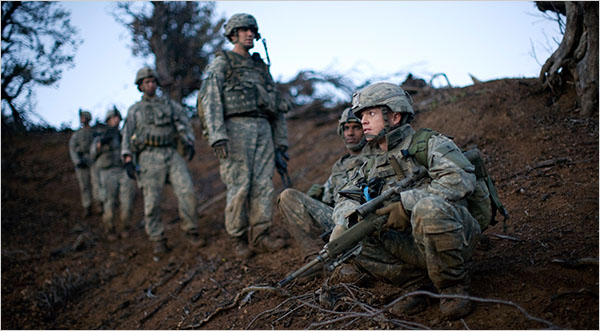
But we can find accurate technical reporting on the military in the New York Times (of all places) which has featured the work of C J Chivers as of late. Mr. Chivers is a former Marine infantry officer who has been reporting from inside the Kunar Province where he is spending considerable time embedded with our troops. C.J. broke the news about the night ambush I commented on in my last post. This guy knows his topic and is giving it to us straight – he will no doubt soon be downsized – bet a 20 spot on it – but for now he is one of the few main stream media correspondents who knows the job. He wrote a piece last week about two Marines who are in an outpost mentoring a squad of ANA deep in the Koringal Valley. He titled his piece “Dream Job” which is what I’d expect from a former Marine infantryman and that title alone vaulted him past all competition to become my favorite newspaper reporter of all time.
We have hamstrung our efforts by placing our maneuver forces in “big box” FOB’s. Afghanistan as viewed from behind the wire of a big box is not the Afghanistan I know and see daily. It can’t be – that is nature of an isolated, high security FOB – it completely removes you from meaningful interaction with the local people. Adding to the problem is the “main stream media” preferred narrative which is being used as a wedge to divide us even more from the people we are supposed to be here to protect. Chivers’ recent articles provide an example of a rational way forward for our military efforts in Afghanistan and this will be the start point of my next post.
